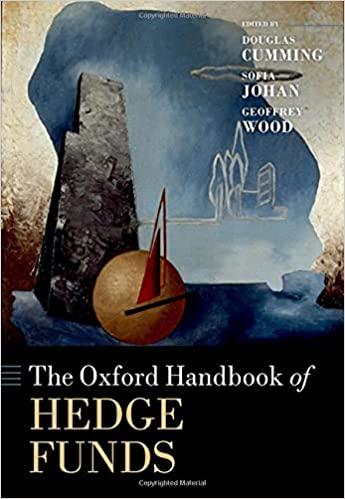Answered step by step
Verified Expert Solution
Question
1 Approved Answer
A 5 year bond has semiannual coupons of 11% per annum. The continuously compounding yield is 17%. The bond has a face value of $100.
| A 5 year bond has semiannual coupons of 11% per annum. The continuously compounding yield is 17%. The bond has a face value of $100. You will be pricing the bond initially, and at future times throughout the life of the bond as it pulls to par at maturity, using the same continuously compounding yield throughout. Since the yield is given with continuous compounding, the usual formulas will not work without changing the yield to the equivalent discrete frequency. Instead, string out the cash flows (each of the coupons separately plus the final redemption value) in the columns of a spreadsheet similar to the one shown here. Each row will compute the bond price at a different point in time: You are to compute the value of the bond for each month in column B by adding up the outstanding cash flows along that row, each discounted from the time of its payment, back to the time at which you are valuing the bond. For the values in the table, use an if statement to set the value to zero if the Time of payment is less than the Time by month, otherwise discount that cash flow using the continuously compounding rate. In order to copy your if statement containing the formula to every cell in the table, place a $ in front of the column letter and/or the row number in the cell references as appropriate. What is the initial value of the bond? |
Step by Step Solution
There are 3 Steps involved in it
Step: 1

Get Instant Access to Expert-Tailored Solutions
See step-by-step solutions with expert insights and AI powered tools for academic success
Step: 2

Step: 3

Ace Your Homework with AI
Get the answers you need in no time with our AI-driven, step-by-step assistance
Get Started


